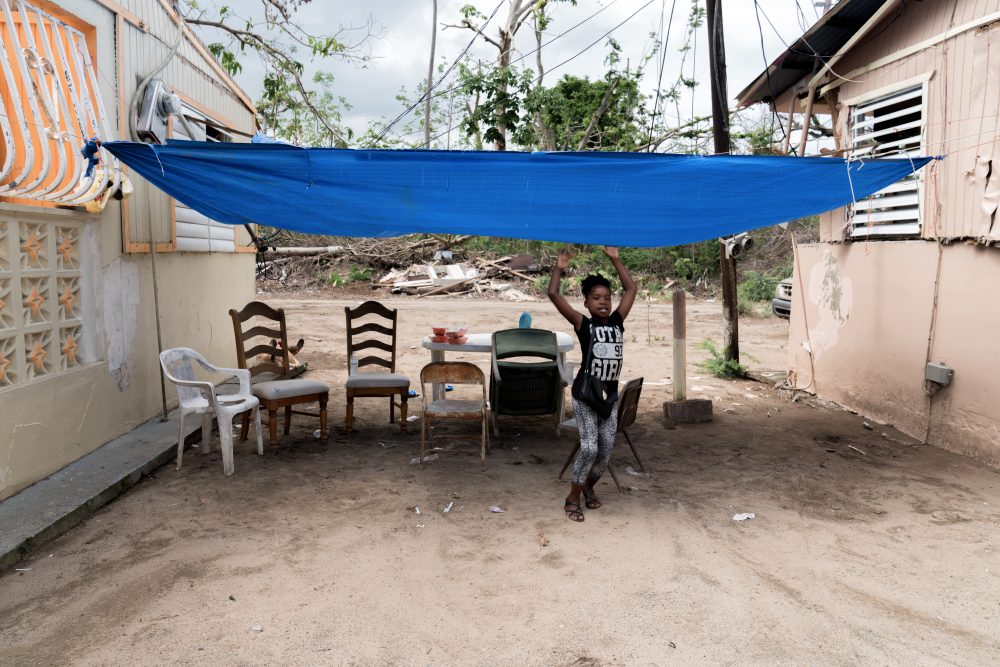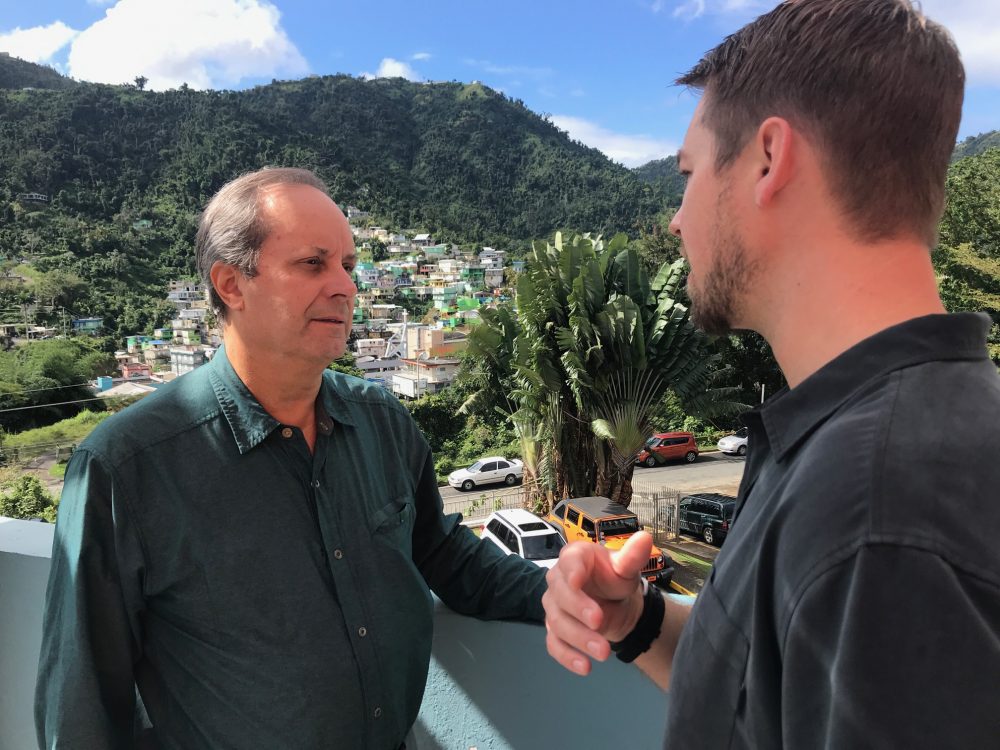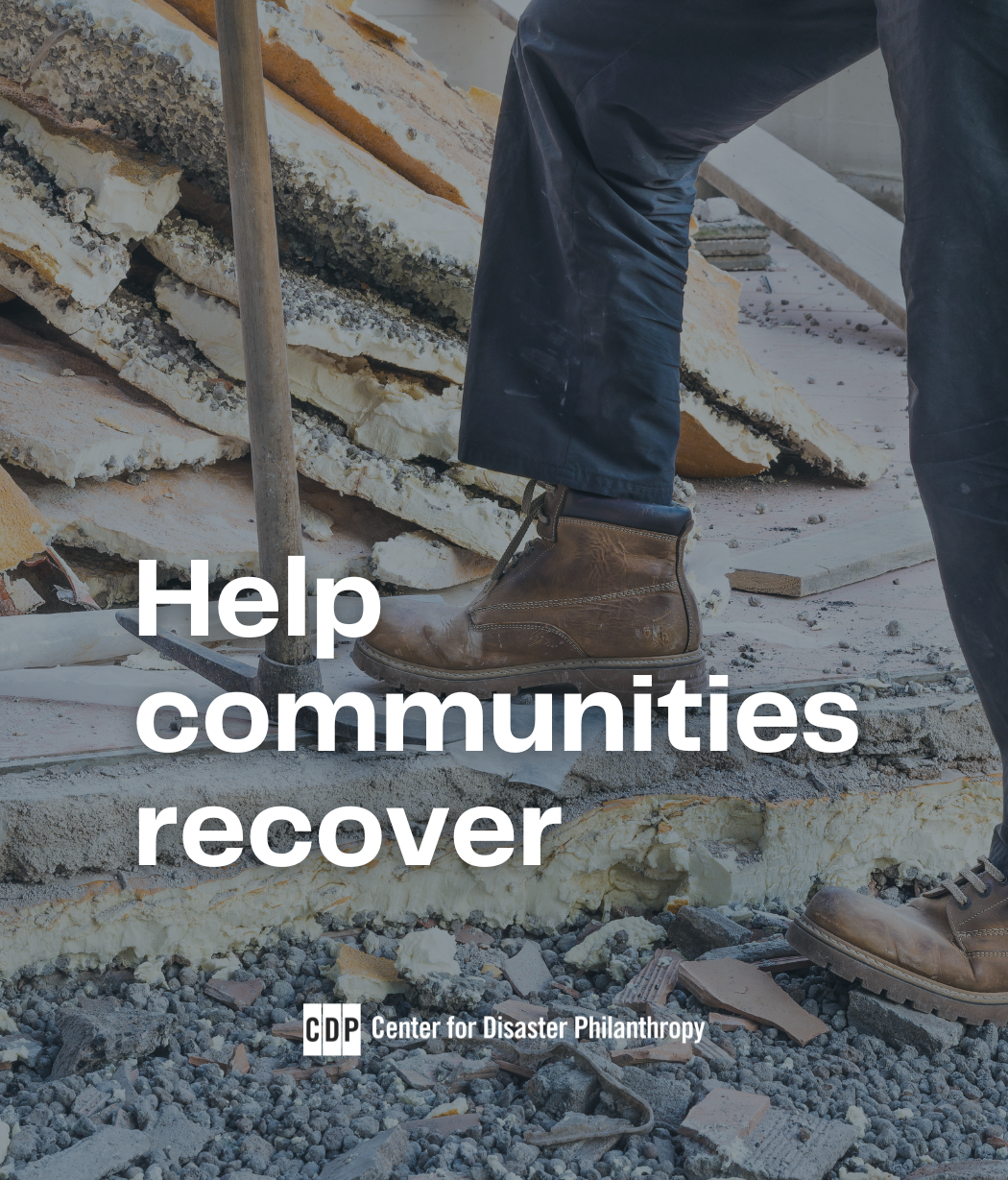Raise Your Hand If You Are a Disaster Funder
If you are a funder, then I’ll say it boldly, you are a disaster funder. Every funder is a disaster funder and here is why. Whether your mission dictates that you invest in the areas of the arts, education or legal services, health or food security, all these issues are affected – and usually exacerbated […]

If you are a funder, then I’ll say it boldly, you are a disaster funder. Every funder is a disaster funder and here is why. Whether your mission dictates that you invest in the areas of the arts, education or legal services, health or food security, all these issues are affected – and usually exacerbated – by a disaster.
For instance, private philanthropy was instrumental in:
- Rebuilding water damaged music venues following Nashville’s historic flooding.
- Providing safe spaces for learning in refugee communities in Jordan and Lebanon.
- Unraveling the complicated nature of land tenure and home ownership in Puerto Rico after Hurricane Maria.
- Supporting long-term mental health issues resulting from protracted insecurity and instability in communities affected by Hurricane Harvey.
- Investing in local agriculture projects to build up food security in Puerto Rico.
Often, philanthropy is the sole source of flexible, sustainable disaster-giving dollars that allow for innovative solutions that aid in recovery. Having a plan now for supporting organizations to respond to the effects of disasters on community programs will allow funders to be more strategic and effective in their grantmaking – before, during or after the disaster and BEYOND.
As the founding executive director of the Center for Disaster Philanthropy, I had several dreams for the organization. First, I had a dream of helping funders understand what disasters (complex humanitarian emergencies, natural disasters and everything in between) do to communities. The reality is, disasters and humanitarian crises make the poor poorer and the vulnerable more vulnerable. One of my Superstorm Sandy colleagues made this observation, “The storm ripped off [New York] City’s mask, revealing the underlying vulnerability of all storm-affected residents.” And, what we see in complex humanitarian emergencies, vulnerability comes in many forms. The protracted political crisis in Syria has devastated the lives, safety and economy of a formerly thriving middle-income country. When a town, city or country is impacted by disaster, be it sudden or slow on-set, it is not only the infrastructure that needs rebuilding, it is people’s lives, social structures and livelihoods. Philanthropy can and should be the leader in these recovery efforts.
For me, one of the greatest symbols of disasters and humanitarian crises is the Blue Tarp. This plastic sheeting is distributed by first responders worldwide in disaster times to serve as roofs, shelters, privacy screens, floors, shade and well, you name it, the blue tarp has likely done it. While in northern Uganda in 2005 during the IDP crisis, I was struck by how long IDP camp residents had lived under those blue tarps. YEARS. Blue tarps are still seen in Puerto Rico, a territory of the United States, more than two years after Hurricane Maria pummeled the island, as people now face yet another disaster with the continuing earthquakes.
As we built the Center for Disaster Philanthropy, I had this second dream – that our organization could be the catalyst for philanthropy to work to shorten the recovery period from event to full recovery. This dream included a vision for reducing the number of nights anyone slept under or on a blue tarp – either here in the United States or around the world. We are making progress and I still believe that dream is possible.
As we think about my belief that we are all disaster funders, we must realize that we all have a role, not only in shortening the period of recovery – how many nights someone sleeps under a blue tarp – but in improving communities’ resilience and the well-being of the people who live there. Here’s what we know.
- Foundations and corporations donated $504 million in 2017 to support relief and recovery efforts following Hurricanes Harvey, Irma, Maria, the earthquakes in Mexico and that year’s California wildfires. Though incredibly generous, what we know from our grantmaking is that little funding is left for efforts in support of full recovery.
- When catastrophic disasters occur (we can talk later about the increased frequency and intensity of these disasters), media attention to a geographic location spikes precipitously. Attention and resources (human, financial and technical) increase. But only for a brief time. As funders become more strategic in their disaster giving there is an opportunity for longer-term investments to create lasting recoveries.
- Disasters affect every area of our lives – from arts, education, housing, mental and physical well-being, economic development, habitats and wildlife, etc. It takes all funders, in all sectors, to help communities become whole again.
My third dream is to build on what we have seen work effectively. That we take what we know about disasters and what we know about the power of philanthropy to improve the lives of individuals and communities that come into harm’s way. That blue tarps are put to rest sooner rather than later and that philanthropic dollars are invested in a manner that improves lives and our planet.
I hope you will join me in making these dreams reality!
More like this

Departing Reflections on the State of Disaster Philanthropy


